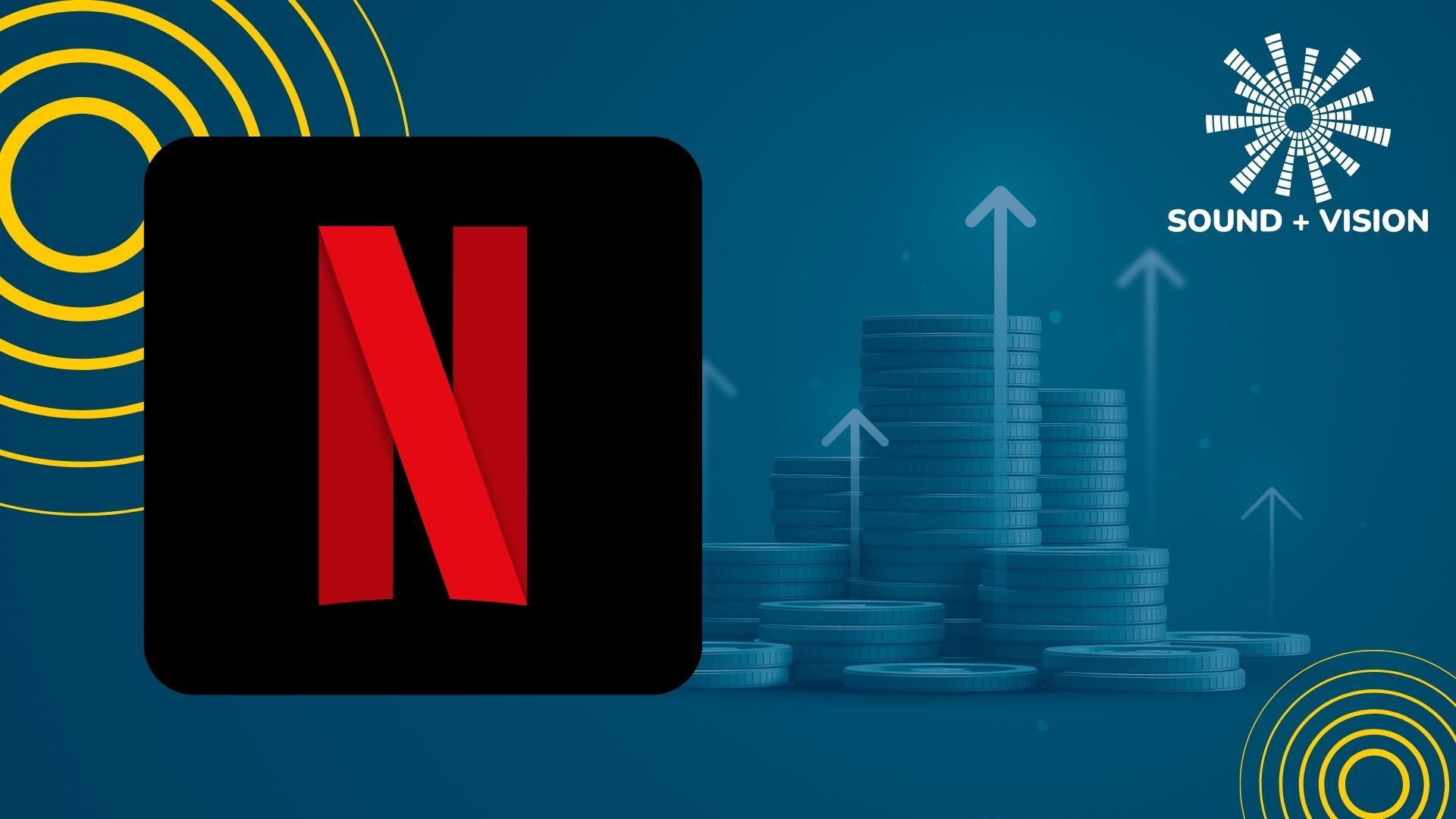Netflix Price Rise: Streaming Industry Enters Game-Changing Territory

The Rise of Streaming Services: Are We Ready for the Ultimate Price Hike?
In the era of streaming services, it’s hard to keep up with the constant changes in pricing. Streaming services, like Netflix, have joined the ranks of traditional TV providers in charging astronomical fees for their content. The most expensive one? Netflix’s top tier, the Premium 4K HDR option, which is now targeting price increases with subscription fee hikes.
The irony is that Netflix introduced a more affordable option, Basic with ads, a response to the cost-of-living crisis. It’s no surprise that most revenue is generated from this tier, considering many users are more likely to use mobile devices and tablets for streaming.
So, what does this mean for the future? I firmly believe that traditional TV providers will eventually join the streaming club, abandoning traditional broadcasting models. The decline of linear TV broadcasts will continue, and streaming will become the norm.
As a result, we’re likely to encounter more price hikes from streaming services. In the long run, they’ll essentially have no choice but to raise prices. After all, there are only so many hours of content provided by streaming services, whereas traditional TV providers could once offer an endless array of programming.
Take, for instance, the example of Paramount+, Discovery+, Peacock, and Apple TV+, each trying to establish themselves as niche streaming services. Eventually, it’s Netflix’s goal to offer everything under one umbrella: films, TV series, mobile games, sports, and reality TV. With this approach, they’ll be creating a one-stop-shop for viewers, making it less likely that they’ll need to subscribe to separate services.
As the price wars rage on, we’re left wondering whether we’re ready for this new landscape. The writing is on the wall; streaming services will continue to force the issue, pushing prices even higher. We’ll be forced to choose between the various services, and Netflix is already in pole position to reign supreme in the streaming wars.
The Future We’re Faced With
The switch to streaming has had a profound impact on traditional TV habits, rendering some conventional revenue streams obsolete. Ad revenue is decreasing, making it impossible for broadcasters to break even. This means that, eventually, we’ll be paying more for the shows we love.
We’re witnessing a new era of video-streaming services, where the once-lucrative traditional broadcast model is declining, and streaming services are taking over. With more players entering the market, prices will continue to rise. The question is, are we prepared for this sudden change?
Figure 1: The Rise of Streaming Services
As we enter this new future, the options are clear: either adopt a streaming service and pay the rising prices or stay with traditional TV, sacrificing access to a wider range of content. With the latter, you’ll miss out on the convenience of "binging" your favorite shows on demand, available directly to your devices.
For now, Netflix is revolutionizing the way we consume entertainment. Its merger with Disney+ planned for 2026 will undoubtedly change the game.
Figure 2: The Rise of Hybrid Providers
Hybrid services, like Sling TV and fuboTV, are altering the landscape with their innovative approaches. These services bundle various channels and add-ons to ensure a seamless viewing experience. We’re likely to see more combinations of services emerge as the market continues to evolve.
What Does the Future Hold?
With the technology rapidly advancing, we can expect even more innovations in the coming years. The surge in price hikes is just the tip of the iceberg. As streaming services struggle to recoup lost revenue, we’ll be witnessing changes in the way we consume entertainment. The lines separating traditional TV and streaming services will continue to blur.
We’re in the endgame for video streaming services, and with a snap of its fingers, Netflix is in pole position to win the streaming wars.






